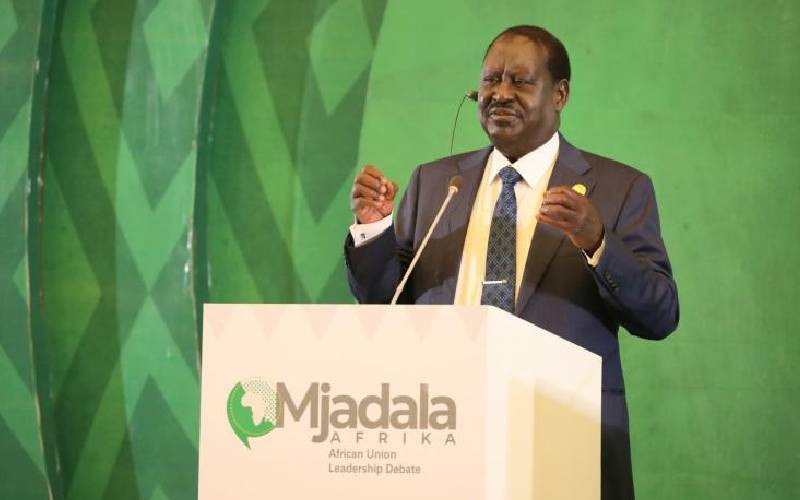Kenyan football is set for a major transformation as the Football Kenya Federation (FKF) rolls out a proposal that will reduce the number of top-flight teams from 18 to 16 and bring back the familiar name, the Kenya Premier League (KPL).
This move marks a shift away from the current FKF Premier League (FKF-PL) and is part of a larger plan aimed at making the game more competitive and organized across the country.
Starting from the 2025/2026 season, the top-tier men’s football league will still run with 18 teams, but this will only be temporary.
FKF has outlined that in the seasons that follow, the KPL will strictly operate with 16 teams.
This change is expected to improve the quality of the league by reducing the number of fixtures, allowing clubs to better prepare for matches and reduce the financial burden associated with a larger league.
With fewer teams, FKF believes competition will become tighter, encouraging better performances from clubs. To keep the league dynamic, the bottom three teams will be automatically relegated at the end of each season.
This is an increase from the current system, where only two teams go down directly and the 16th-placed team plays a relegation playoff. The new approach aims to give more clubs in the lower divisions a chance to move up while ensuring top-tier teams stay on their toes.
The second tier, which will be renamed the Kenyan Super League, will also undergo major changes.
It will expand to 24 teams, split into two zones of 12 each. The top team from each zone will be promoted to the KPL automatically, while the second and third-placed teams in each zone will fight it out in a playoff to determine the third team to be promoted.
This system aims to inject more excitement into the promotion battle and keep fans engaged till the final match day.
FKF’s changes go beyond the top divisions. The third tier will become the FKF Conference League, organized into four regions—Eastern, Western, Southern, and Northern.
This structure is intended to cut travel costs for teams and make the league more manageable for clubs with smaller budgets. Each region will promote its champion, and a playoff among second-placed teams will offer a few more slots for promotion.
In addition, the fourth tier will be called the FKF Regional League and will follow the nine official FKF zones such as Nairobi, Coast, and Western.
The proposal also introduces more clarity in how promotion and relegation will work at each level. Each regional and county league will have its own mini-league playoff system to determine which teams move up or down.
Stay informed. Subscribe to our newsletter
FKF says the aim of the new structure is to create a clear football pathway from the grassroots to the top league. The current structure has been criticized for lacking consistency, with some tiers not having a defined number of teams or clear promotion rules. By introducing fixed team limits and proper playoffs, FKF hopes to give both players and fans a better football experience.
The women’s game will also benefit from this restructuring. The women’s top league, renamed the Women’s Premier League, will remain at 12 teams, but there will be a more structured pyramid below it.
Two zonal winners from the Women’s Super League will move up automatically, while second-placed teams will get a chance through a one-legged playoff.
The changes will also touch youth development, with FKF planning to run structured youth leagues from under-13s to under-17s. These will be organized at county and sub-county levels and will end in a national championship, giving young talent a chance to shine and be scouted.
The move to reduce teams in the Premier League and return to the KPL name is more than a branding exercise—it signals FKF’s intention to return to a more professional, compact, and exciting football environment.
The transition may not be easy, as some teams currently in the top division may face relegation due to the restructuring.
But for FKF, the long-term vision is clear: a better-managed league system that can compete not only regionally but also on the African continent.
While the proposal still awaits full approval and implementation, it has already stirred debate among fans and stakeholders.
Some welcome the streamlined approach, while others worry about the fate of smaller clubs. Nonetheless, if executed properly, this could be the start of a new chapter for Kenyan football.
























